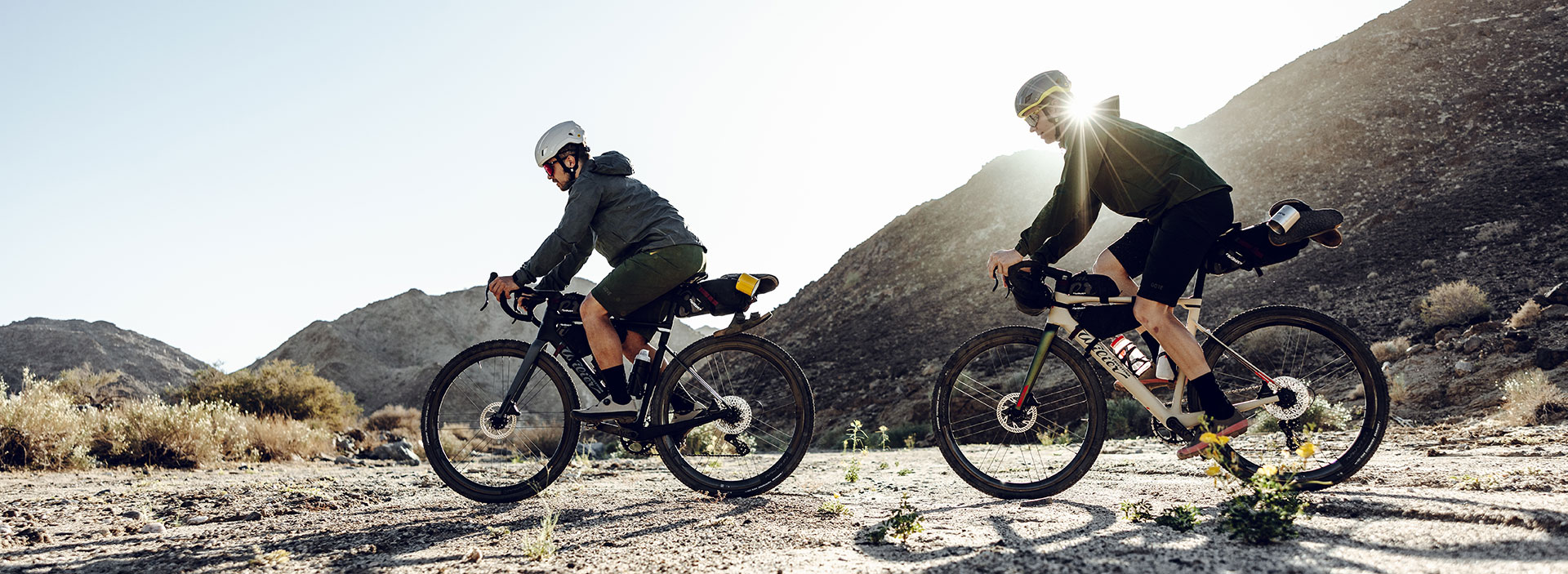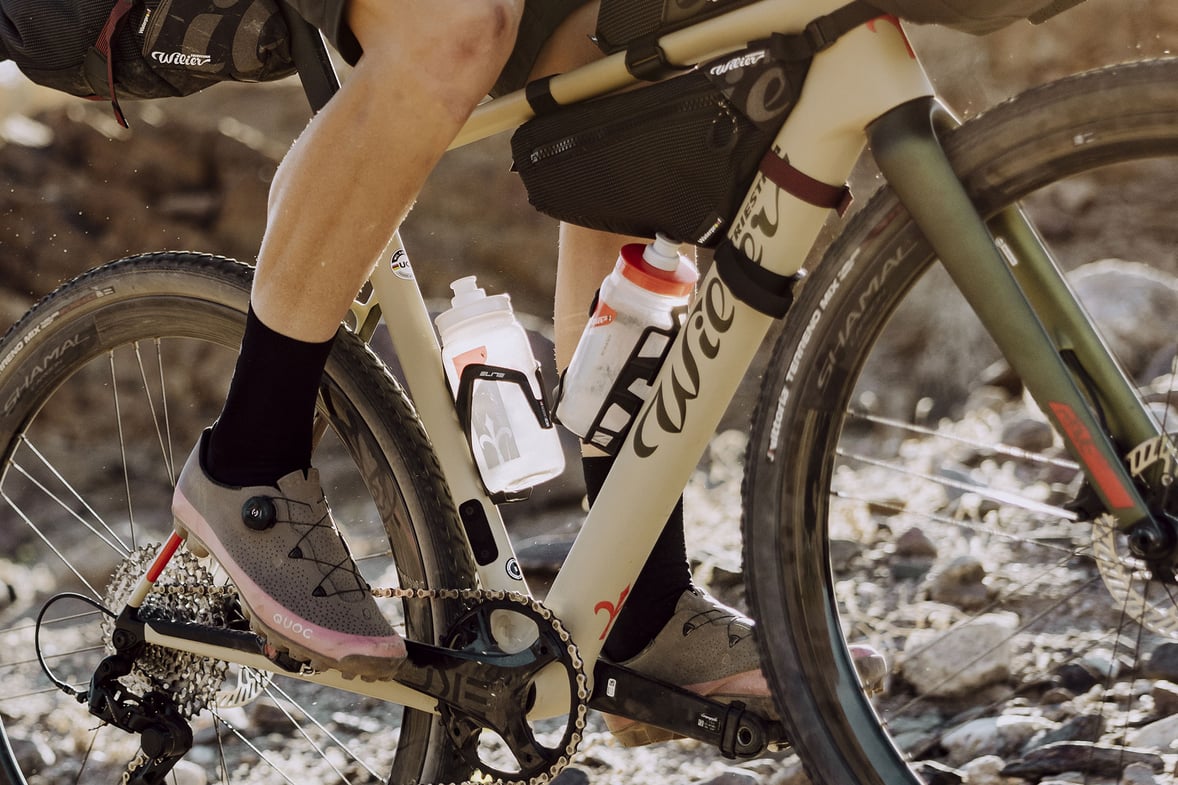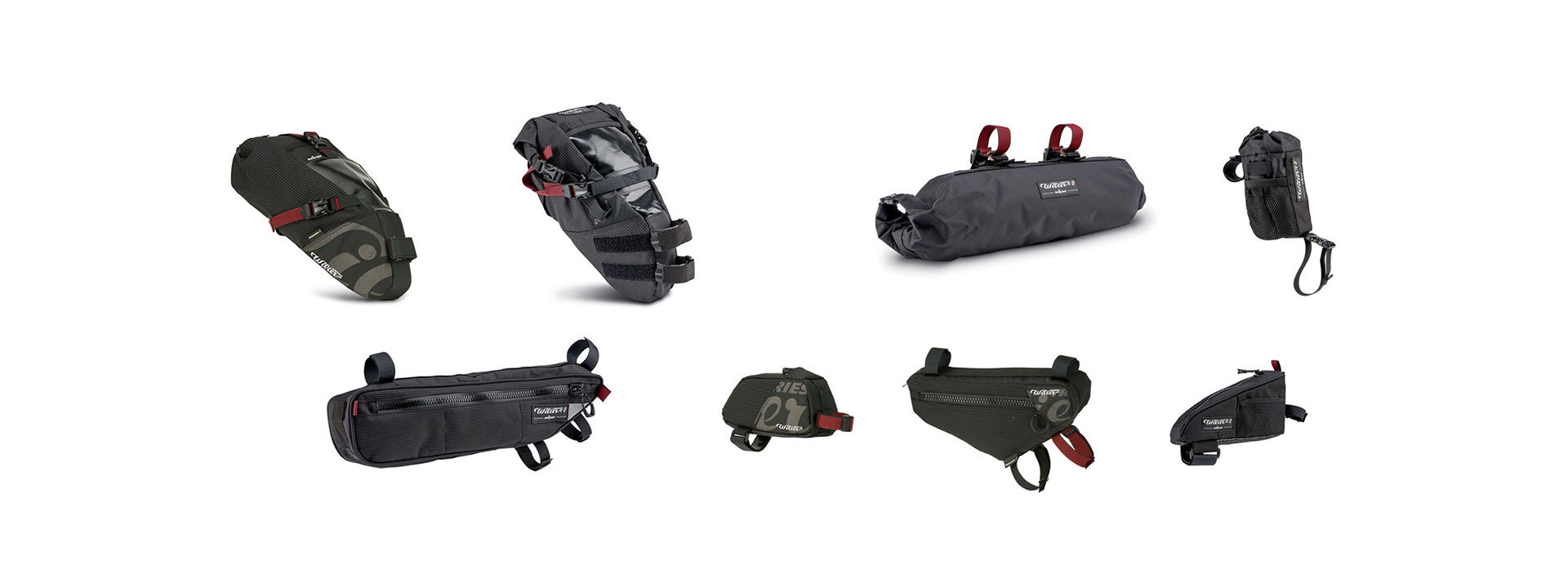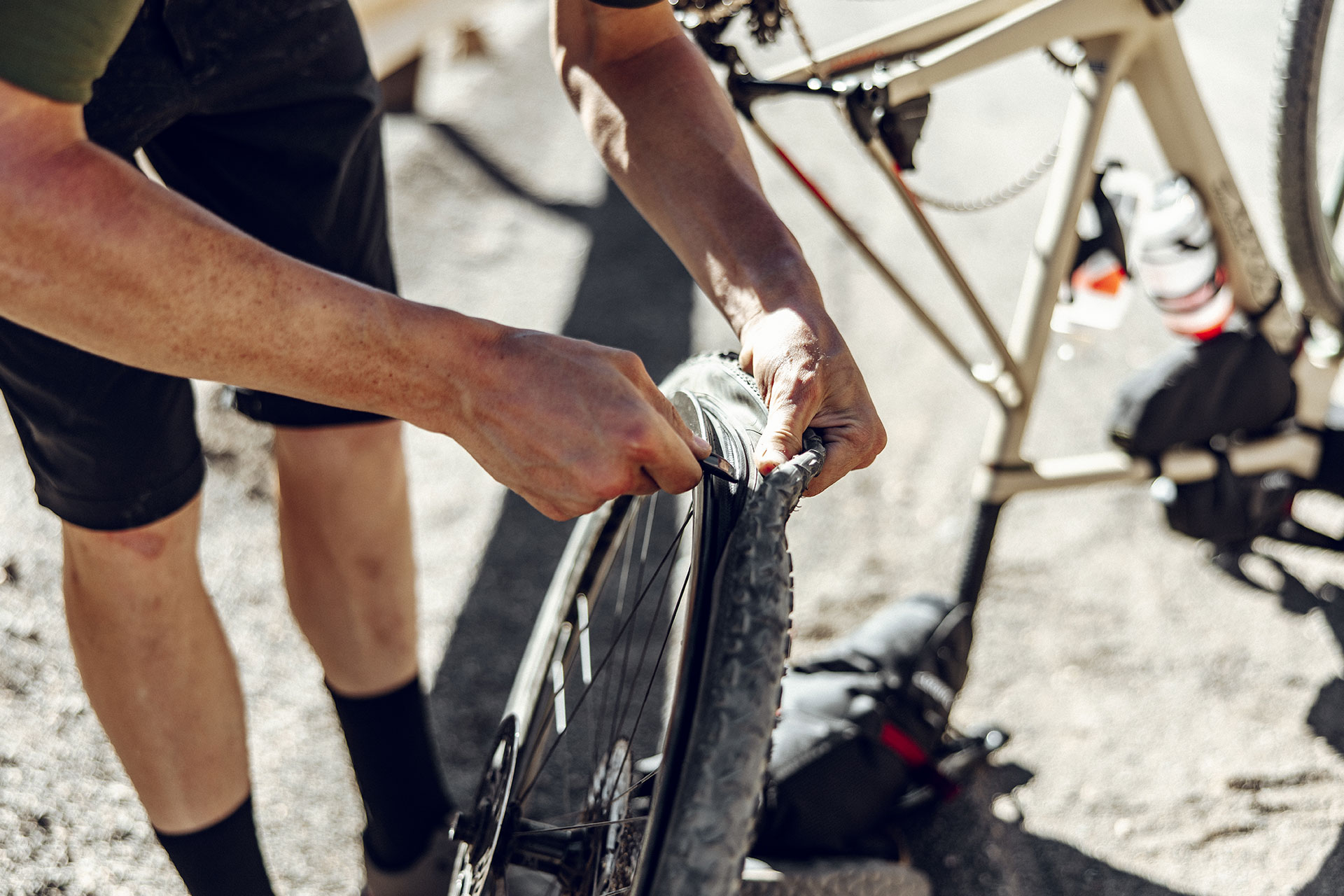- en
The must-have accessories for gravel bikes: the complete list
There is a seemingly never ending list of gravel bike accessories!
If road, cyclocross and mountain bikes try to eliminate or reduce to the bare minimum accessories or equipment attached to the bike, for gravel bikes the complete opposite can be said to hold true. Accessories and equipment for gravel are a real necessity, especially for those of us who are venturing out for off-grid bikepacking.
When we decide to set out on an adventure to tackle itineraries off the beaten track , away from traffic and busy routes, an inconvenience is always waiting around the next corner. A simple example, that vital commodity for every human being, water. Of course, we can plan the route by marking various checkpoints that include public water taps or fountains. However, if upon our arrival the water is no longer present?, or even existed in the first place, and in the immediate vicinity there are no services capable of guaranteeing an adequate supply of water, the situation becomes slightly more complicated. For this mishap we may have postponed or even eliminated the inconvenience by simply fitting an additional bottle cage….

The essential accessories for gravel bikes
Without a shadow of a doubt, every cyclist has their own priorities which go hand in hand with just as many practical needs. When riding, however, the essential primary needs put everything and everyone on the same level. We need food, water, a repair kit and even dry clothes suitable for those ever-changing weather conditions. During the Giro d’Italia the pro riders can count on mechanical assistance, food, drink and clothing on the move from their team cars. For gravel riding you travel without support, in complete autonomy. Unsupported.
- Bottles and Bottle Cages
If we are travelling light and have no particular requirements, the classic bottle cage placed on the down tube is the logical choice. However, should we begin to add frame bags mounted inside the main triangle under the top tube, this as a consequence reduces the space and will limit that classic cycling action of removing and reinserting the bottle from the bottle cage. A practical solution to this situation would be to fit a bottle cage that permits bottle removal from the side. This is a solution not only when we have packs fitted for bikepacking, but is also for those of us who ride smaller frames, where the spaces are already reduced by the nature of the bike. Some bike frames also offer as standard the option of mounting a third bottle cage on the downtube, situated between the bottom bracket shell and the front wheel.

An option that can be used not only to increase our supply of water. With dedicated tool bottles, it is possible to make room on the bicycle and allocate the third bottle cage to a tool container containing tubes, a mini tool, food and repair kits, thus freeing up space in the frame bags.
Many mid to high range bike models have threaded holes situated on the outside of the fork legs. This is a very interesting arrangement as it permits us to install the dedicated bags or otherwise two additional bottle cages.
If you intend to pedal in sub-zero temperatures or under tropical heat or even both, the insulated water bottle becomes another essential accessory. Insulated bottles are designed to keep cold liquids cold for longer and retain hot liquids hotter for longer. This is possible thanks to the use of special plastic polymers placed within the cavity of the bottle sidewall. Many companies offer thermal water bottles with a steel body therefore the bottles are plastic-free and environment friendly. Furthermore, in recent years, bioplastics of plant origin extracted from sugar cane have become an increasingly more frequently used material. It allows the manufacture of water bottles with a reduced environmental impact that will degrade faster following disposal.
- Bags
Gravel bike bags are the must-have accessory. They have almost become a fashion statement, able to accommodate the shapes of the frame tubes to offer the best possible set-up. Bikepacking is not possible without bags. Beware however, as there are bags available that are not really intended for this activity. The mistake to avoid is to not confuse bikepacking bags with bicycle touring and commuter bags.
Gravel bags allow you to build a real modular storage system around the bicycle:
Saddle Bag Frame Bags, Stem Bag, Handlebar Bag and Fork Bag.

It is possible to install each bag individually without particular constraints, to arrive at a simple and interchangeable solution according to your needs. For example the Node R water-repellent frame bag is the simplest solution to adopt if we want to free our back pockets of our jersey and make room for a few energy bars. It is important to take into consideration that riding your bike with different loads onboard make it less reactive and harder to ride. That's why bikepackers prefer to use bags mounted on the frame, handlebar and saddle before installing a fork bag.

- Repair Kit
Multi-tool, mini pump, inner tubes, instant puncture repair foam, CO2 cartridges and necessary inflator head are the essentials to quickly and easily repair any punctures even in unsavoury environmental conditions.
A repair kit can be packed into a special tool bottle, or alternatively placed in a saddle or frame bag.
Another solution to fix the damage when a puncture is simply too big to seal are the so-called puncture plugs. Intended for use with tubeless tyres, these strips of spongy, sticky material are able to blend with the tyre compound thus creating a sort of quick-setting patch. The packing size is minimal since the particular fork-shaped reamer tool can be inserted in place of the classic bar end caps of the handlebars.

- Racks: Yes or no?
Bikepacking purists may turn up their noses, but the luggage rack is an accessory to take into serious consideration if you need the maximum load capacity available to the point of transforming your gravel bike into a proper cargo bike. Attention: excessive loads can expose the bicycle to possible structural failure and it is always obligatory to consult the manufacturers disclaimers, which are made readily available by the frame and component producers.
The installation of a rear and front luggage rack is not a choice to be excluded, particularly when there are long stretches of the itinerary on asphalted or slightly undulating roads without technical features. It is no coincidence that many gravel bikes, even those with carbon fibre frames and forks, are supplied with the necessary threaded holes to fix the racks to the frame. Why not take advantage of it?
Sign up to our newsletter
Fill in the form below for updates on all that's new in the Gravel world
If you no longer want to receive news from us, you can unsubscribe at any time.